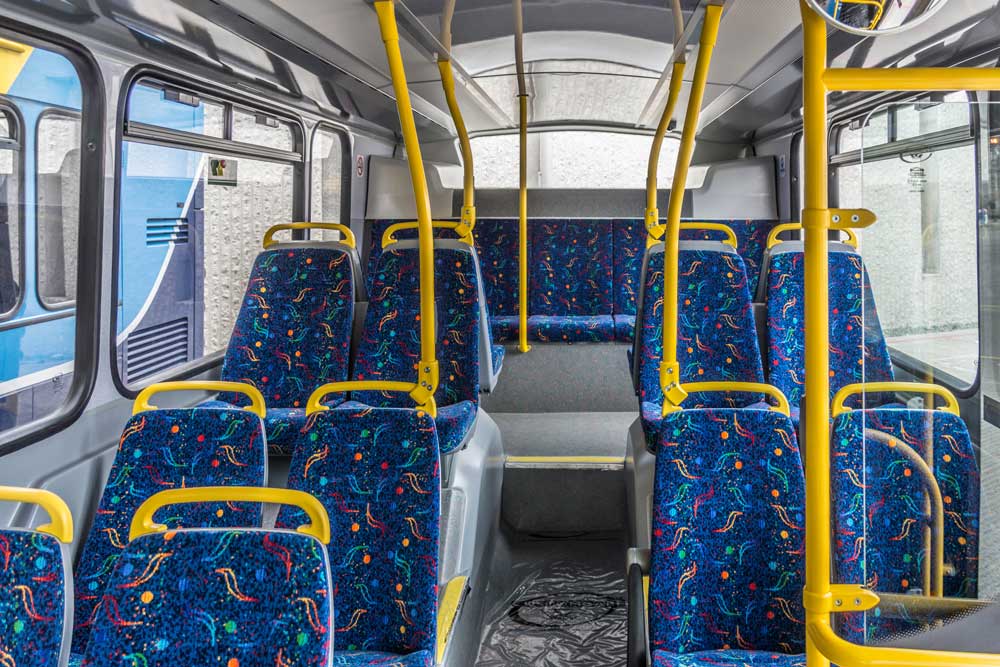
Exactly where does the onus of responsibility lie when dealing with disabled passengers?
The ruling has in fact failed to provide clarity for either drivers or passengers
FORS fully appreciates that the list of potentially vulnerable highway users includes people in wheelchairs and parents pushing children in buggies. Both groups are at risk of accident and injury whenever they cross the street or even if they are too close to the edge of a pavement; and truck drivers always have to be conscious of their presence.
But what happens when the interests of vulnerable people clash? That is what has been happening in recent years on buses all across the UK – and legal action has been the consequence.
Back in 2012 wheelchair user Doug Paulley from Wetherby in West Yorkshire wanted to board a bus operated by First. He was denied the use of the designated wheelchair space however, because it was occupied by a woman with a child asleep in a buggy.
She flatly refused to shift, saying the buggy would not fold. As a consequence he was left to wait for the next bus.
He responded by successfully taking First to court for unlawful discrimination. His argument was that it had not tried hard enough to ensure the space was vacated when required by a traveller in a wheelchair.
First appealed against the court’s decision and won. The Court of Appeal determined that it was not reasonable to compel drivers to require rather than simply request an able-bodied passenger to step out of the space when it was needed by someone in a wheelchair, or for them to positively enforce that requirement. That might ultimately mean throwing the uncooperative traveller off the bus.
Mr Paulley was not willing to let matters rest there however and took his case to the Supreme Court. He won, but the situation remains worryingly confused for all concerned.
The court in effect decided that a driver had to do more than politely ask somebody standing in a wheelchair space to leave it if it is required by a wheelchair user. However it stopped short of stating that a passenger could be forcibly ejected from the bus even if he or she is plainly acting unreasonably.
First has applauded the Supreme Court’s decision. “It has ruled that bus drivers are not required to remove customers from vehicles, which was a key issue for us,” says First Bus managing director, Giles Fearnley. “This provides welcome clarity for bus operators, our drivers and our customers.”
Passenger group Bus Users UK is not convinced. “The ruling has, in fact, failed to provide clarity for either drivers or passengers,” argues chief executive, Claire Walters.
“While it is now a requirement for drivers to take further steps where a reasonable request to move is refused, it is not clear what those steps should be, and the driver has no legal basis on which to require a passenger to leave the bus if they refuse to move.”
In her opinion it makes better sense to put buses into service that can cater for the needs of everyone who wants to travel on them. That has to be preferable to asking the unfortunate driver to police an awkward situation.


